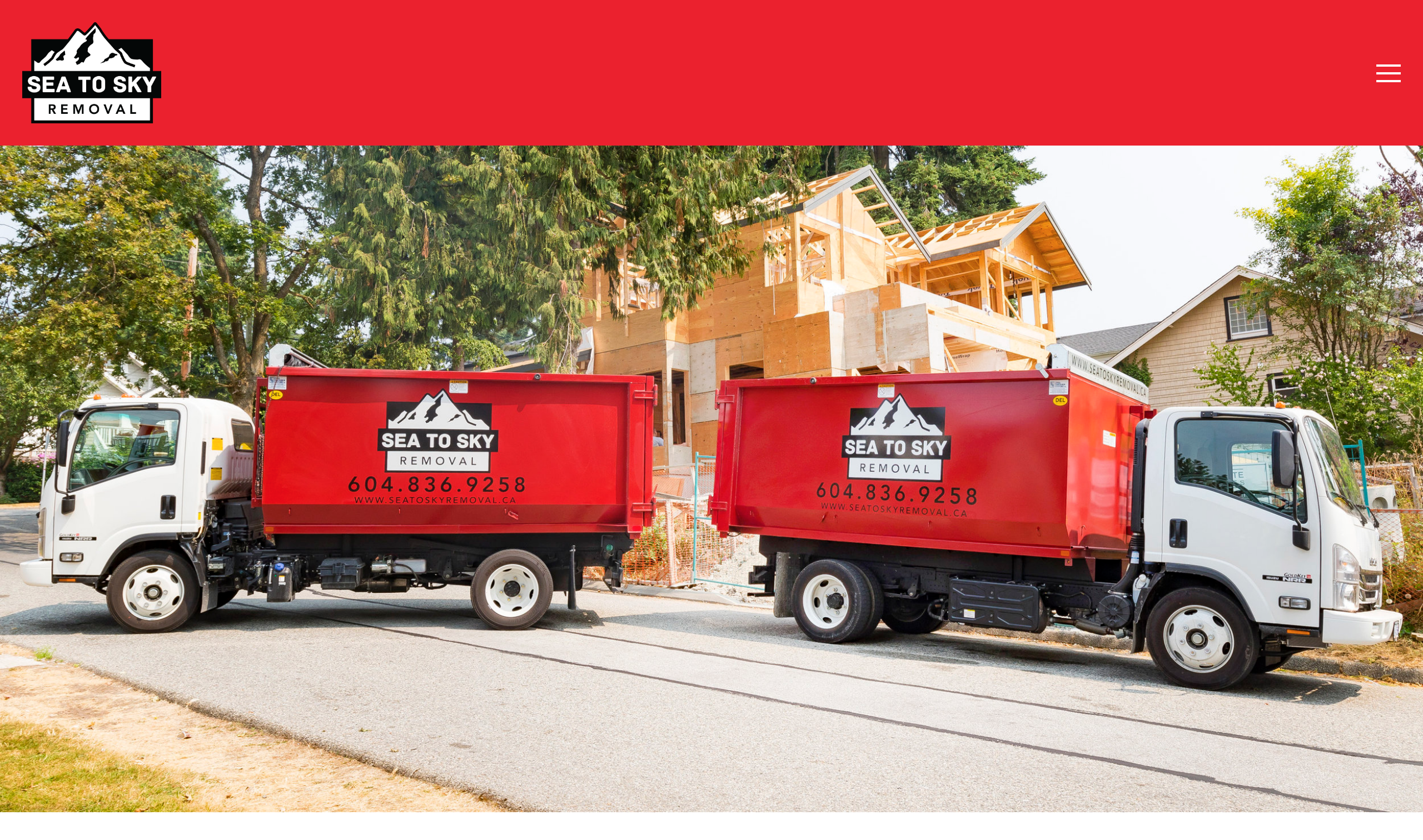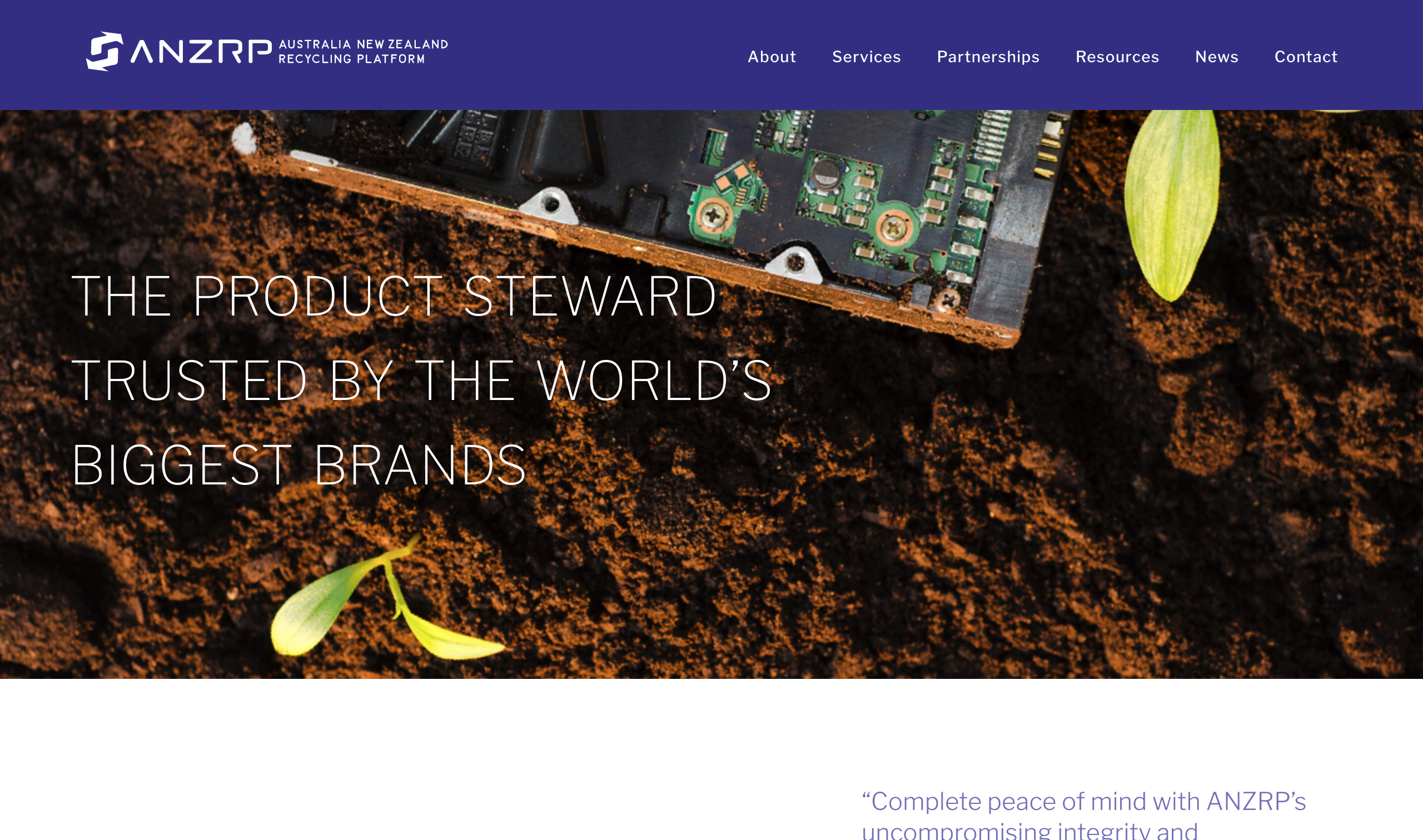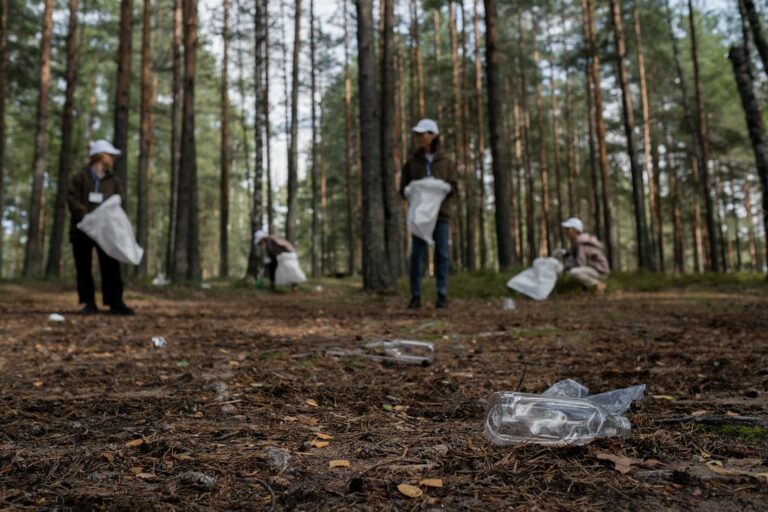
In today’s world, sustainability has become an increasingly important topic of discussion. Many people are trying to find new and innovative ways to reduce their environmental impact. One way to do this is by reimagining our approach to waste management. We can no longer rely on traditional methods and need to take a more creative, holistic view of waste reduction. Through improved education, policy-making, and technology, we can create a more sustainable system that embraces the reuse, recycle, and reduce mantra.
In this article we will go through a series of questions such as
- What are the best technologies on the market to reduce waste in large cities?
- In what ways do improved recycling technologies impact the waste that ends up in landfills?
- Why is it so important to keep waste from ending up in our oceans?
- Do taxes on single-use items reduce the amount of waste that goes into landfills?
- What can people do in the community to reduce unnecessary waste?
- What are innovative practices in reducing waste going to landfills or incineration?
- What are the costs and advantages of waste recycling?
- What effects do improved recycling technology have on the amount of waste dumped in landfills?
Let’s start with the first one.
What are the best technologies on the market to reduce waste in large cities?
In the age of sustainability, reducing waste in large cities is an important issue that needs to be addressed. The best technologies on the market for this purpose are focused on making the most efficient use of resources while eliminating waste wherever possible. From smart waste management systems to innovative recycling initiatives, here are some of the top technologies available today that can help reduce waste in large cities.
Smart Waste Management Systems provide automated collection and transportation services, as well as real-time analytics and insights into resource usage. This technology helps improve efficiency by reducing manual labor and providing data that can be used to optimize waste management operations. Additionally, it enables decision makers to track performance metrics and identify areas where improvements may be needed.
Recycling programs are another key component of reducing waste in large cities. As of 2010, 13 million tons of recyclable material ended up in landfills each year because it was not collected. Recycling programs also cut down on the amount of waste that ends up in landfills, which saves money and reduces greenhouse gas emissions.
In what ways do improved recycling technologies impact the waste that ends up in landfills?
Improved recycling technologies have revolutionized the way we manage waste. As traditional methods of disposal become increasingly unsustainable, new technologies have emerged that allow us to reduce our reliance on landfills. By using these modern innovations, it is possible to drastically reduce the amount of waste that ends up in landfills.
With more efficient sorting systems, materials like paper, plastic and glass can be collected separately for reuse or repurposing. This eliminates much of the contamination that makes recycling difficult and allows for more recyclable material to be reused instead of dumped into a landfill. Advanced thermal processing technologies can convert common household garbage into energy sources like biofuel or natural gas, diverting even more waste from landfills.
The implementation of these technologies represents a major shift in how we handle our waste and prevents an immense amount of trash from ending up in landfills each year.
Why is it so important to keep waste from ending up in our oceans?
The world’s oceans are in trouble. From plastic pollution to overfishing, humans have caused considerable damage to the marine environment that can not be reversed. One of the most pressing sustainability topics is waste management – reducing and properly disposing of our garbage so it does not end up in the ocean.
Properly managing waste prevents plastic debris from entering the ocean and harming marine life such as sea turtles, whales and fish. Plastic bags, straws and other forms of trash are often mistaken for food or become entangled on coral reefs creating an unhealthy habitat for marine life. It also helps reduce water pollution from sewage runoff which can contain toxic chemicals that degrade water quality and impact biodiversity negatively.
By diverting our waste away from landfills and into recyclable materials we can make a significant impact on preventing further damage to our oceans.
Do taxes on single-use items reduce the amount of waste that goes into landfills?
Do taxes on single-use items reduce the amount of waste that goes into landfills? This is an important question to consider when discussing the topic of waste management and sustainability. Single-use items such as plastic bags, straws, and bottles are contributing to environmental degradation due to their short lifespan and tendency to accumulate in landfills or waterways. However, if taxes are placed on these items, it could help discourage people from purchasing them in the first place.
The idea behind taxing single-use items is that individuals will be more likely to think twice about purchasing them if they know that their purchase will result in a financial cost beyond the initial price tag. By making these items less accessible and more expensive, there may be a decrease in the number of products bought by consumers, thus reducing their impact on landfills.
What can people do in the community to reduce unnecessary waste?
In order to reduce unnecessary waste and move towards a more sustainable future, individuals within their community can make a big difference. From avoiding single-use plastics to composting, people can play an important role in protecting the environment and conserving resources.
There are many ways for individuals to reduce their waste production in the community. For starters, everyone should make sure they’re recycling right by sorting out items like aluminum cans, plastic bottles, paper products and glass containers correctly. Additionally, shopping with reusable bags and opting for refillable containers when possible will help cut down on packaging waste and keep landfills from overflowing with materials that may take years to decompose completely.
The practice of composting is another great way to reduce unnecessary waste while also providing natural fertilizer for gardens or landscaping projects.
What are innovative practices in reducing waste going to landfills or incineration?
In recent years, sustainability and waste management have become increasingly important topics in many countries around the world. With more people becoming aware of the environmental impact of landfills and incineration, various innovative practices are being explored to reduce the amount of waste being sent to these places.
One such example is a process called upcycling, where items that would normally be thrown away are reused or repurposed into something new and useful. This helps reduce the amount of material going to landfills while also creating an opportunity for creativity and resourcefulness with recycled materials. Another practice is composting, where organic waste can be converted into usable fertilizer instead of being thrown away as garbage. Lastly, some companies have implemented a zero-waste policy by eliminating single-use plastics from their operations or finding ways to reuse materials that were previously discarded.
What are the costs and advantages of waste recycling?
Recycling of waste is a key component of any successful sustainability program. When it comes to managing the environmental impact of our everyday decisions, recycling can be a cost-effective and energy-efficient way to reduce the amount of waste we produce.
The advantages of waste recycling are numerous. Recycling reduces the use of raw materials, cuts down on pollution, decreases landfill space needed for disposal, and decreases hazardous chemical exposure due to fewer products needing manufacturing with toxic chemicals or processes. Furthermore, recycled materials can often be resold or reused in other ways, leading to potential monetary savings as well as decreased environmental harm.
However, while there are many benefits that come along with waste recycling programs, there are also costs associated with them including equipment purchases and training personnel to handle sorting and disposing properly.
What effects do improved recycling technology have on the amount of waste dumped in landfills?
The world is facing an unprecedented waste management crisis. With technology and infrastructure evolving, the need for improved recycling technology is becoming increasingly urgent. Improved recycling technology has revolutionized the way we process waste, and it has had a profound effect on reducing landfills’ burden.
Recycling technologies have allowed us to collect and sort more materials from landfills than ever before, thus diverting larger amounts of items away from entering landfills. These technologies also help us extract useful resources from these materials, such as raw materials like paper or plastic that can be reused in production cycles. This helps reduce the amount of new resources needed while eliminating waste that would otherwise end up in a landfill. Additionally, advanced recycling technologies enable us to recycle food waste into compost or biogas energy sources which are both viable alternatives to traditional landfill disposal methods.
Which sustainable solutions address waste management?
-
City Of Roses Disposal & Recycling Inc | COR

Waste & Recycling Collection and Processing, Demolition & Manufacturing
-
Green Circle Salons

Recycling, repurposing and reusing salon waste.
-
Sea to Sky Removal

Construction Waste Removal, Recycling Services, Drywall Removal
-
4th Bin Inc.

Electronic Waste Collection and Recycling
-
Australia and New Zealand Recycling Platform

Electronic waste recycling and product stewardship.
-
Dinâmica Soluções Ambientais Ltda

Reverse engineering with correct recycling and waste destination
More on this subject :
Help us driving the change on Instagram, Pinterest, Linkedin, Twitter or Medium.


